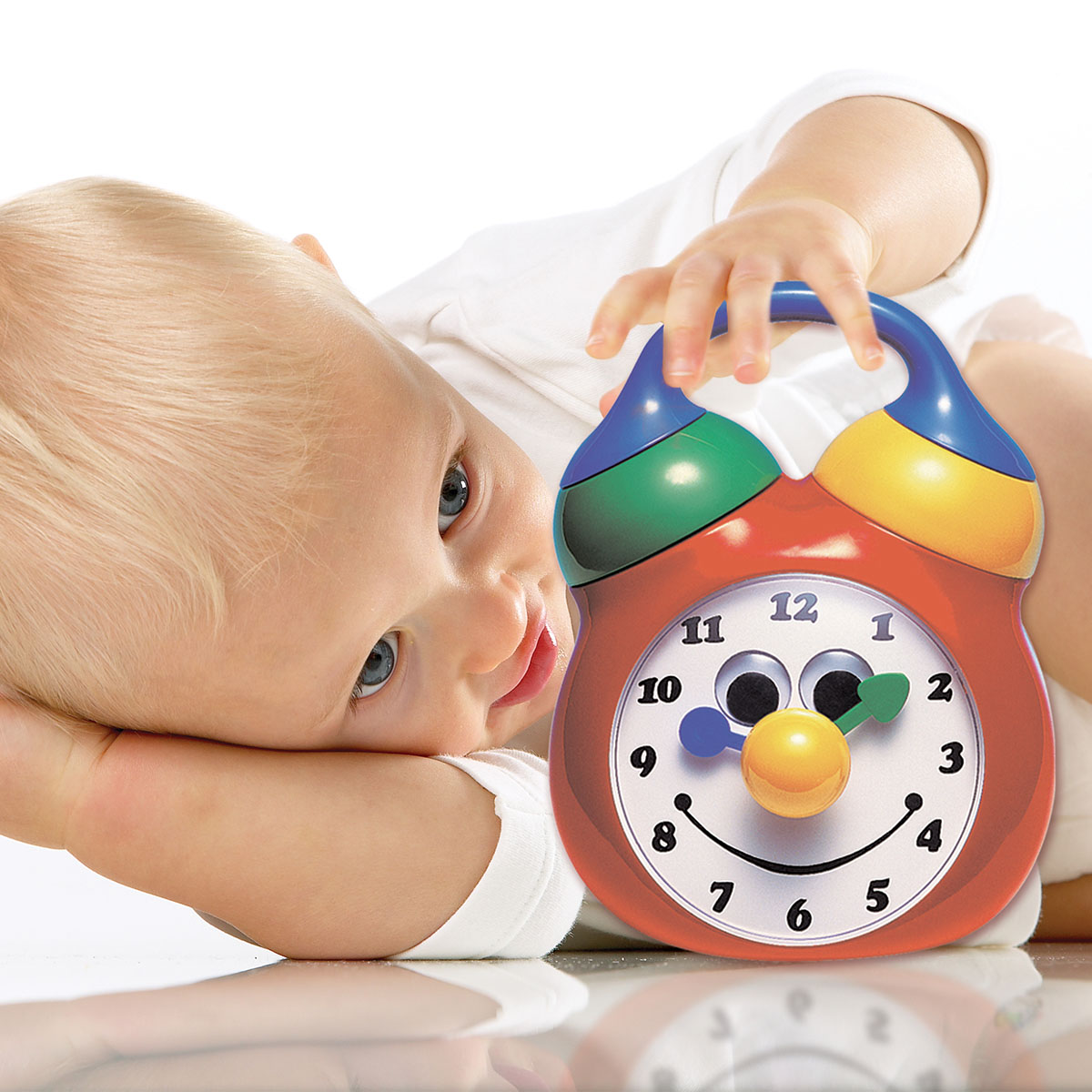

The photo is something they make together, not something he takes from or of them. Instead of expecting a mute muse, the way Suh works with his models gives them agency to express themselves, to transform from acted-upon object to active participant in the creative process. That idea of portrait photography as a fundamentally collaborative effort comes alive watching him work with Ngo. And then through that, then it becomes a source of empowerment and confidence and a sense of yourself.” How are we communicating? Photos can be a way of expressing your creativity. But the part that really fascinates me is that it’s about how we present ourselves. “We’re just getting into a pose for a cute Instagram. A class on nonverbal communication was particularly resonant: “Posing, if we think about it on the skin-deep level, could be very shallow,” Suh says. He says now that the most important things he learned there weren’t art or aesthetics but instead psychology and business. There, he majored in design but didn’t particularly flourish - he even once failed a photography class. Suh moved from Seoul to the United States to attend UC Davis in 2013. And then there’s their own self-relationship.” I have to be mindful of their previous relationship they’ve had with photos of themselves. “There’s my relationship with the person I photograph,” he says. He now thinks of the process as a matrix of relationships he has to manage. Learning about posing helped Suh understand how complex and fraught being photographed is for many people. These days, Suh’s tips often involve lengthening your silhouette with an extended leg or curving arm he advocates for tilted hips to emphasize curves if you’ve got ‘em - though he also offers “masculine” and “feminine” coded poses that can work for people of any gender.
#PICTURES OF TICK TOCK HOW TO#
So Suh took what he was learning from dance and tried to help them figure out how to hold themselves so that they would feel comfortable - and also look good in the final image. When he asked about the cause of their discomfort, friends said they often felt awkward trying to figure out what to do with their bodies in a picture.


You don’t need to crowd the Griffith Observatory to get postcard-worthy views of the iconic landmark. “And then I just became the kid with the camera running around school: yearbook stuff, pep rally, taking sports photos or just even taking photos with my friends.”įor Subscribers 9 little-known ways to see the Hollywood sign

“It ended up being my camera because I was using it so much,” Suh says now. So he prepared a PowerPoint presentation for his dad when he was a kid, explaining why the family needed a Sony NEX-7 digital camera, and it worked. Having grown up watching groups like Jabbawockeez posting videos on YouTube, he wanted to do the same. And when he did, it was because of his dancing. Suh is a self-taught dancer he was interested in anatomy and movement long before he ever picked up a camera.
#PICTURES OF TICK TOCK OFFLINE#
And his persona both online and offline is goofy and self-deprecating, a constant, friendly reminder that it’s OK to look a little silly as long as you’re having fun.
#PICTURES OF TICK TOCK SERIES#
Though he’ll work with models for something like a series of posing tips for plus-size women, he’s almost always in the frame alongside his clients and subjects, breaking the barrier between artist and muse. This level of involvement is not unusual for him. Suh ran Ngo through a series of mirroring exercises before taking a single photo, so that when he called for her to bring her chin out, relax her mouth or kick out a hip to create an S-curve with her body, she’d know exactly what he meant and how to execute his advice. She was petite and casual in a dark tank top and loose pants, her feet bare but her face carefully painted by the makeup artist who often assists Suh on his shoots. On a Tuesday morning in April, the Los Angeles photographer was working with a client named Vy Ngo, an educator from Santa Ana, in his Virgil Village studio. Suh’s process all begins with getting into your body so that you can feel a pose from the inside out.


 0 kommentar(er)
0 kommentar(er)
